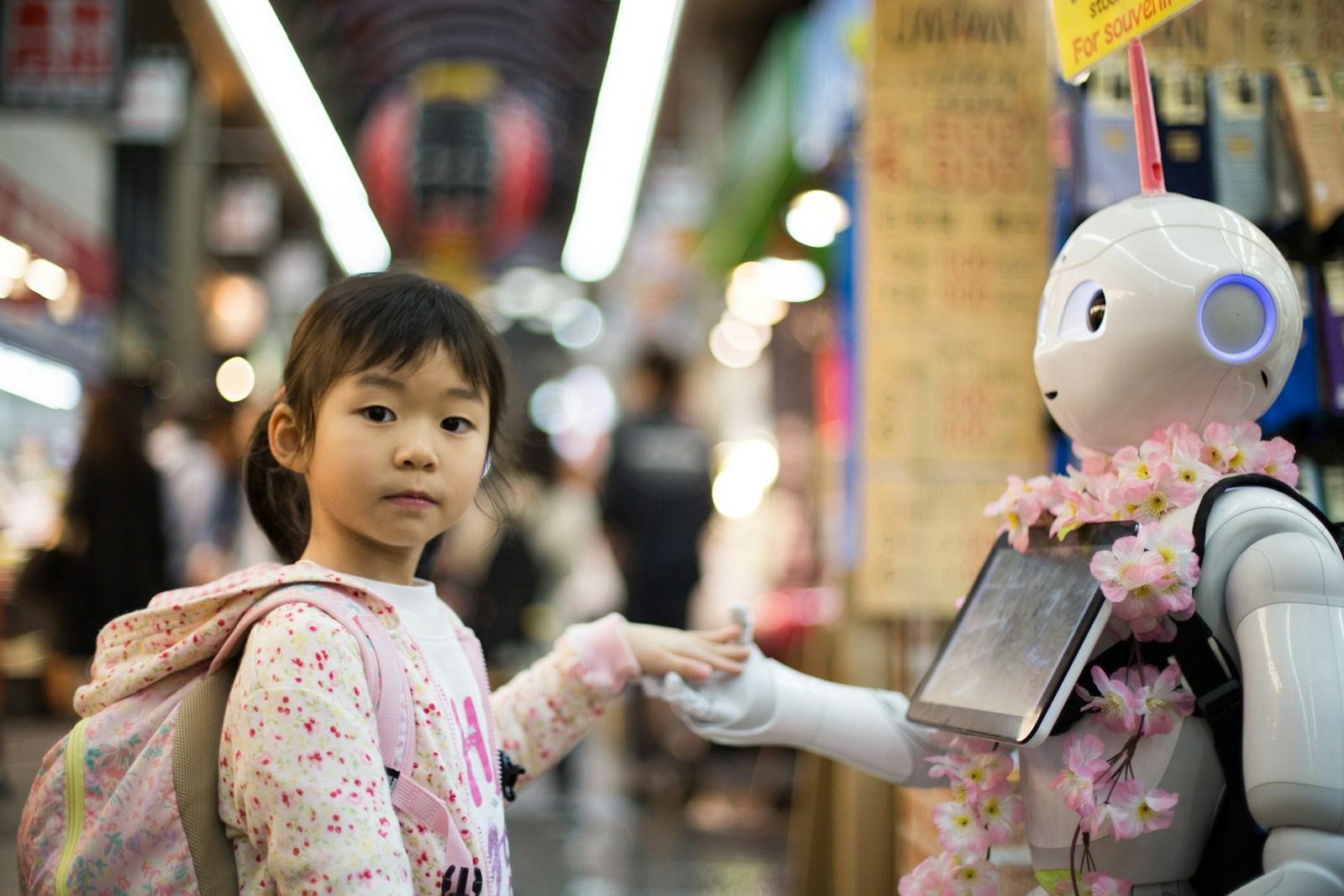The human code: How physical AI is rewriting the future of care

By the time you finish reading this article, somewhere in the world, a robot will have helped a stroke survivor move an arm, reminded an elderly patient to take their medication, or encouraged a toddler to get active. Physical artificial intelligence (AI) isn’t just testing our technological capability. It is testing our values.
Across aged care, education, and hospitals, physical AI – robots that move, sense, and interact in the real world – is emerging as a powerful and practical tool for overstretched human workforces.
This isn’t just about automation. It’s about redefining human care and the very nature of empathy at scale.
The new empathy engine
In Singapore and Australia, a baby-sized robot named Matanya interacts with residents of aged care facilities. Matanya uses facial recognition and adaptive voice patterns to respond to sadness, joy, or confusion with empathy. It plays memory games, offers medication reminders, and helps residents video call their families. Pilot studies show that Matanya reduces loneliness, lowers stress, and alleviates the burden on human carers.
In the US, a toddler-sized robot called GoBot gets kids moving by emitting lights and sounds, blowing bubbles, and playing chase. Researchers found children were significantly more active when the robot buddy was present, without reducing human interaction or care.
Meanwhile, in Paris hospitals, ARI greets visitors, gives directions and reduces infection risk. In Vienna, Vitalise, a robotic coach reads the brain signals of stroke survivors to offer real-time encouragement and motivation during rehabilitation. And in the United States, delivery robot Moxi eases effortlessly through hospital corridors, dispatching supplies, samples and medication, freeing up staff to focus on care.
What links these machines isn’t the task they perform — it’s the human capacity they restore. When done right, the human touch doesn’t disappear when robots enter the room. It gets amplified.
The next shift is needed now
The number of people aged 80 and older is expected to triple between now and 2050. The World Health Organization warns of a 4.5 million nurse shortfall by 2030. And UNESCO estimates we’ll need 24.4 million more teachers by 2030 to achieve universal primary education.
These aren’t abstract numbers. They’re workforce realities – signs of health, education and care systems under strain. Physical AI may be the only scalable support on the horizon.
Robots, especially when paired with large language models and empathetic interfaces, aren’t here to replace caregivers. They’re here to reinforce them–relieving cognitive load and restoring time.
When machines enter the room, so do new expectations
Unlike most technologies, robots are embodied. They don’t just process data. They take up physical and emotional space. That changes how we relate to them and what we expect in return.
This embodiment makes physical AI especially powerful in human-centered domains. But it also raises deeper questions. Not about what robots can do, but what they should do.
Do they empower or depersonalize? Do they expand inclusion or entrench inequality? Robots are not neutral. They reflect the intentions we encode and the priorities we carry.
At the EY organization, we use a humans@center approach to innovation: start with what people need, not just what tech enables. It’s a mindset that becomes more vital with every new machine we bring into human spaces.
Augment and amplify human capacity
Robots are leaving the lab. From logistics to classrooms to hospitals and into the home, the shift is already underway. For technology leaders, this is a moment of choice. The true opportunity of robotics isn’t automation. It’s amplification and augmentation of human capacity.
That future will be shaped by whether we design for efficiency alone, or for human-centered values like equity, dignity and inclusion. The robots are coming – and they reflect our priorities and values. So, let’s make sure those priorities are worth replicating.
References:
- “Robotic Companion Matanya Eases Elderly Loneliness,” AZO Robotics
- “Robot buddies encourage children to stay physical activity,” Earth.com
- “Robo-companion: humanoid robot gets chatty to help elderly hospital patients,” Horizon Magazine
- “Robots help guide self-managed rehabilitation for stroke and brain injury survivors,” Heriot-Watt University
- “Diligent Robotics hits 1M picks with Moxi robot in healthcare settings,” The Robot Report
#PhysicalAI #HealthcareRobotics #ElderCareInnovation #EmpatheticTechnology #AIinHealthcare
- Art
- Causes
- Crafts
- Dance
- Drinks
- Film
- Fitness
- Food
- Giochi
- Gardening
- Health
- Home
- Literature
- Music
- Networking
- Altre informazioni
- Party
- Religion
- Shopping
- Sports
- Theater
- Wellness


